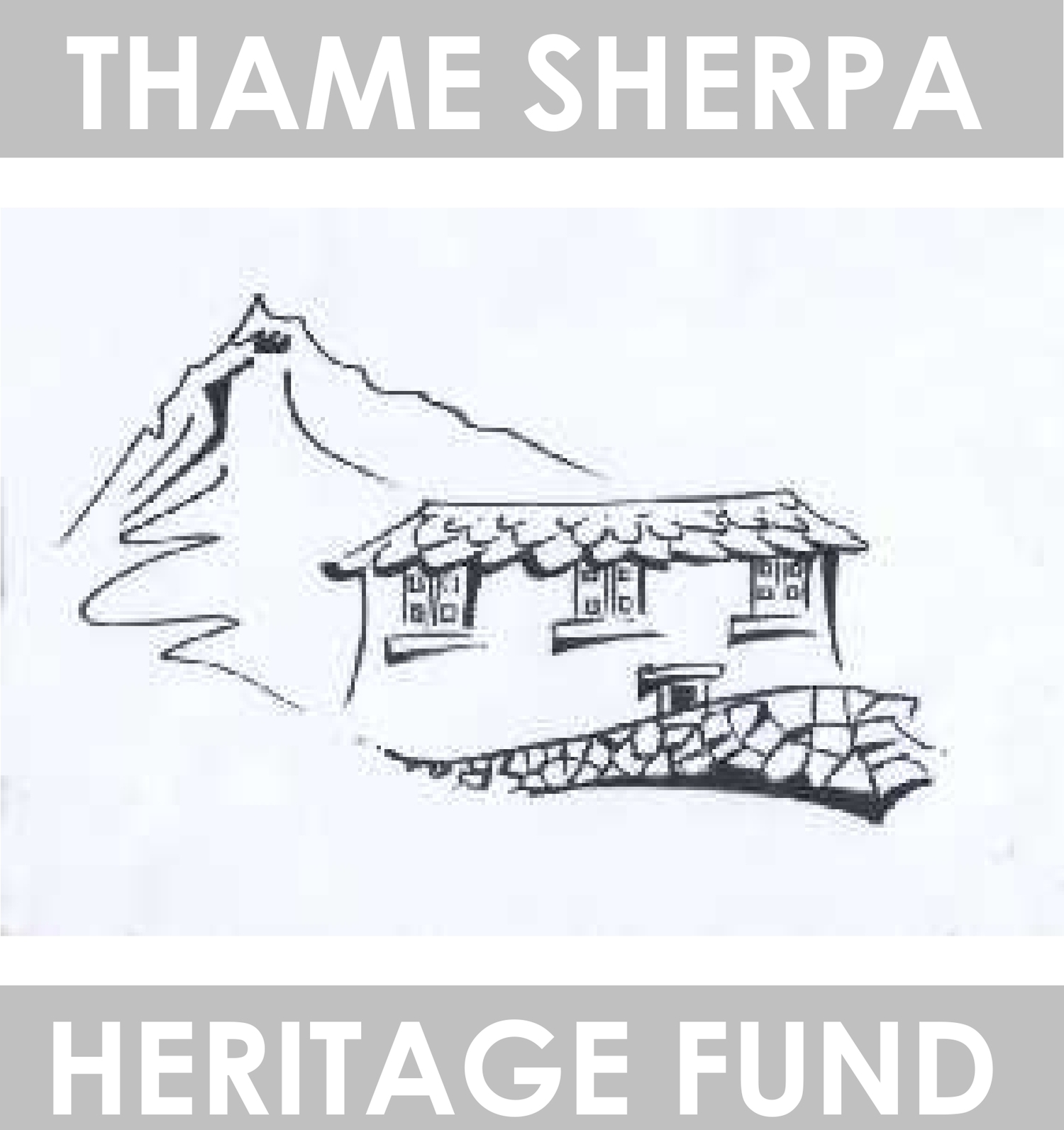Thame Valley was mentioned in a recent article in The New Yorker Magazine:
Information about the scale of the crisis in rural Nepal has only just started to emerge, through aerial surveys, rescue missions, social media, and those who have been able to leave their villages and report to the world. A friend from Gorkha said that her village had been destroyed and that the entire community had been sleeping in a goat shed. Another friend wrote that all of the homes in Thame, in the Khumbu region of Everest, had collapsed. From the village of Sikharpur, in the Sindhupalchowk district, a news agency reported that “a foul smell has started emanating from the bodies of the dead,” posing the threat of an epidemic. Sindhupalchowk appears to be among the most severely affected districts. A limited number of tents had arrived in the region, but local administrators were unsure how to distribute the supplies that have come their way. “It must be the same everywhere, so it may not be possible for the government to come to the rescue of all,” Subash Majhi, a survivor, told the news agency. “But if we could get some tents and medicine, we could have some ground to live on.”
To read the entire article by Prashant Jha, click here.

